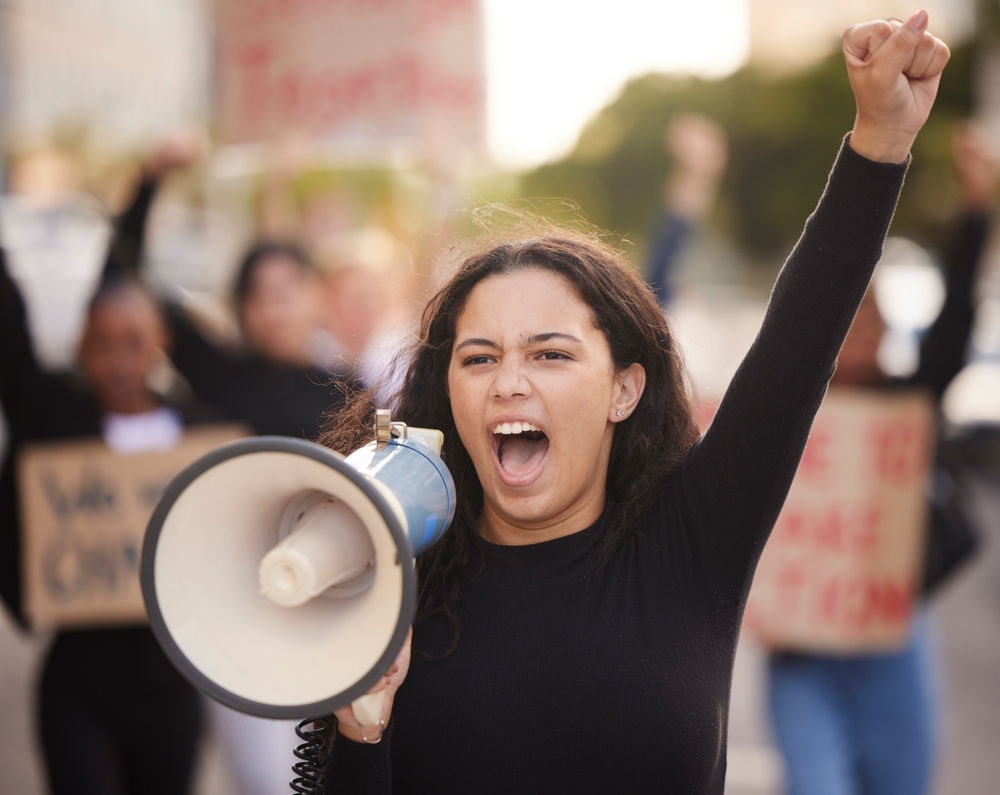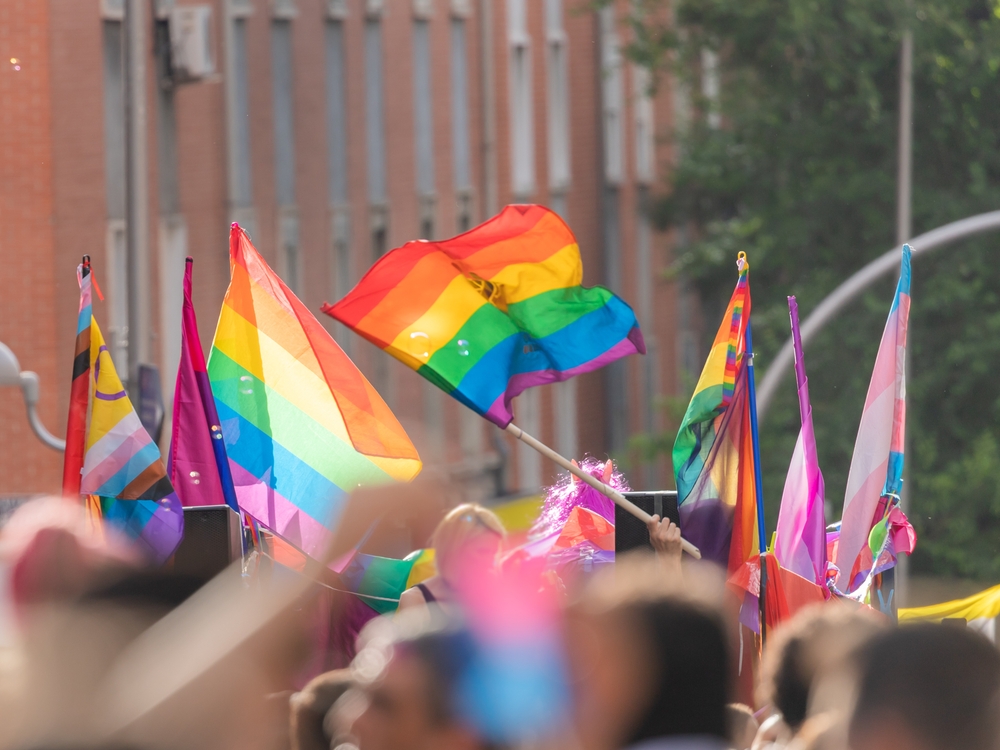Schools across the country have their own set of rules and regulations for students and teachers exercising their constitutionally protected right to free speech. Everyone is entitled to their own opinion, but what boundaries can students and teachers cannot cross? The line might be invisible, but students and teachers know where it might be.
One of the most important Supreme Court cases allowed students to let their voices, opinions, and passions be heard. Tinker v. Des Moines got the attention of all student newspapers nationwide in 1969 due to the decision to let students practice their constitutional right to freedom of speech in schools.
“The First Amendment can help resolve this tension. It defines certain critical rights and responsibilities of participants in the educational process”, according to the American Civil Liberties Union (ACLU).
Sophomore Lucy Savage was asked about her views on free speech in schools during an interview.
“I think most people would be on the same page if I did speak up about my opinions, but I do not want to hurt people or get in trouble,” Savage stated when asked why she had not voiced her opinions.
Savage expressed that she feels she might have consequences for speaking up even though they might have the same opinions. Savage isn’t alone in feeling apprehensive about speaking their mind due to cancel culture, cyberbullying, and the potentially intense consequences.
While Montclair High School is known for its inclusivity and diversity, students and teachers walk on eggshells, trying not to hurt anyone’s feelings. Not speaking on issues students may feel strongly about can do more harm than good.
“Students may wear or display buttons, armbands, flags, decals, or other badges of symbolic expression unless the manner of expression materially and substantially interferes with the orderly process of the school or the rights of others.” Montclair High School Student Handbook stated, that students rarely read it, but those who do often feel they still need to learn about specific school regulations, including their freedom of speech.
The teachers of Montclair High School also have the right to free speech, but they are more worried about the repercussions and how it would affect the learning atmosphere repercussions. Teachers have different rules regarding their First Amendment rights because they aim to educate students.
Civics teacher William Wingren was very expressive regarding limiting what should and should not be expressed in the classroom: “It is not a place where everyone can just say whatever they want to say; there are limits.” Wingren stated.
Although he is right, how can the students know the limits if the conversation never started? “I do not know if it is a good place to make a good change,” Wingren said. He uses the phrase “good change, ” which is what students strive to get and what they want most after speaking up.
Senior Netta Levi explains the difference between good change and change. “Change is, I think, most of the time, different from where we are now, but good change is a step forward for the better within a population,” Levi stated.
In Montclair High School, many clubs and small learning communities are set in place to have these conversations, but in past and present situations, students need an outlet to express and speak up. “I always thought it would be great if there were a place where they can converse.” Wingren expressed.
Not only do teachers believe that the classroom is not the right place to have these conversations, but parents feel like the education system used to be different from what it used to be and would like to keep controversial topics outside the classroom.
“Censorship based on individual sensitivities and concerns restricts the knowledge available to students. Based on personal views, some parents wish to eliminate material depicting violence, others object to references to sexuality, and others to speech about racial issues or images that offend them.” The National Coalition Against Censorship stated.
Apart from students and teachers, the guidance department has always had doors open for students to come and express their feelings. Erica Rago is one of them who always has the time for a deep conversation. “I am open to having these conversations even though it might be uncomfortable to have them”, Rago stated.
The discomfort of the conversation sparks good change; people might not always agree with students’ opinions, but listening instead of hearing people talk can also expand minds. Wingren made a great point: “If you are not willing to hear someone else’s voice, you might as well just change the conversation,” Wingren stated.
Free speech is a heavy topic; while it’s an overlooked discussion, the start has been visible for students and teachers. It might be as clear, but limiting free speech in schools is not the solution; it’s adding more fuel to the fire. “Our voices do not work individually; they work collectively.”













